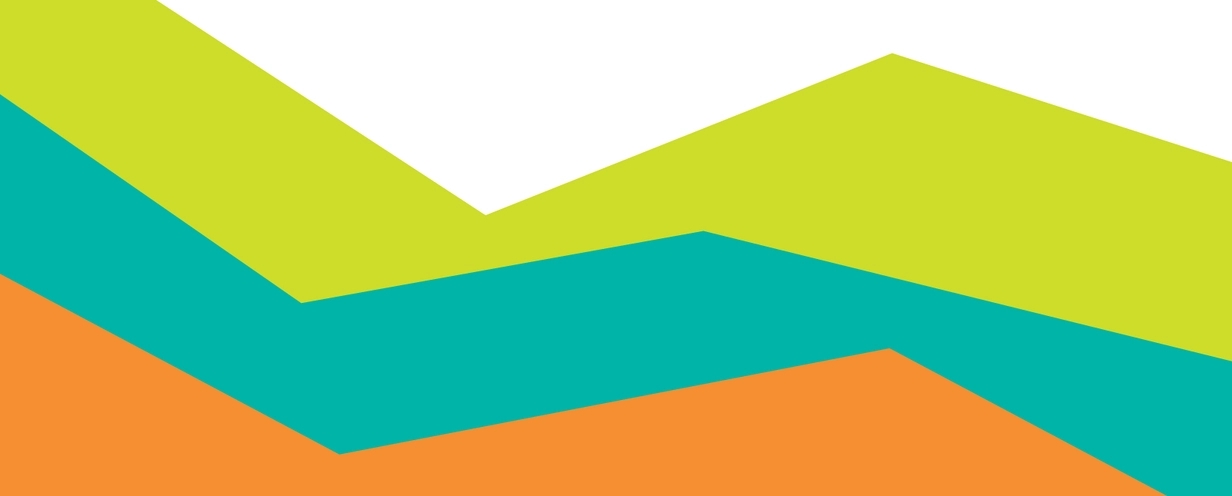
The future of UX: Q&A with industry leaders

In our recent webinar, Lou Rosenfeld and Chris Hicken discussed recent changes and upcoming trends in the UX industry. In today's post, they answer the audience's follow-up questions with the help of Maggie Young, UserTesting's Senior VP of Customer Experience.
What's changing in terms of how people conduct UX research now vs. in the past?

Chris Hicken:
Companies have always wanted to get feedback from customers, but the tools and the technologies available several years ago were too slow and too expensive to do at scale, so only the biggest companies were able to do usability testing on a regular basis. And for those companies, usability testing only happened 3-5 times a year, even though they were releasing changes to their sites constantly.
Now that it's much faster and more efficient to do user research, the companies that have embedded customer feedback into the way that they build products are testing daily, weekly, or every other week. They're getting customer insights continuously. Still, there are a ton of companies that are testing infrequently, and it's not incorporated into the fabric of how they make product decisions.
What skills will we need to improve to be future-proof? Should you try to be a generalist, or is it better to specialize within the UX industry?

Lou Rosenfeld:
So much of what we do—research and design—involves conversation.
We ask people to explain their habits. We try to convince the product owner to go against her intuition. We negotiate for development resources with the CIO.
If you want to future-proof your career, you’ll need to be better at all kinds of conversations. So focus on the “soft” skills of listening, negotiating, and facilitating. While the nuts and bolts of research and design will constantly shift under your feet, conversational skills are evergreen—and, if what I keep hearing from team leaders is accurate, these skills are really hard to find among the current crop of practitioners.

Maggie Young:
I'd always advocate for a broader and not deeper focus early in your career. Gathering experience in multiple methodologies and working with a variety of stakeholders is very valuable. Also, working within a team can provide great benefits—not just as a researcher, but as a professional.
Ideally, having an experienced senior researcher who can provide perspective and guidance on projects and communication is a great way to begin. Young researchers should consider moving every year or two to gain experience with large and small firms, B2B, B2C etc.
Many young researchers leave school thinking about doing great research projects rather than doing research to help their company provide better experiences. You have to understand how you fit into the company's ecosystem. Once you've experienced several cultures and teams, then it makes sense to consider either one vertical market (healthcare, etc.) or a specific research specialty. I think you also have to understand your own personality: do you want a lot of variety or do you prefer a sense of ownership and continuity? Do you want to work on the product detail page for the two years?
My team often struggles with statistical significance because of small research budgets. What advice do you have for determining relevance for qualitative feedback?

Chris Hicken:
I like to repeat the story that Steve Krug tells when he’s asked this question:
Imagine you work in an office, and there is a piece of frayed carpet just outside your cubicle. A co-worker walks by and trips on the carpet. 10 minutes later, another co-worker trips. And an hour later, another co-worker trips. Do you really need a large sample size to know there’s a problem with the carpet?
Your goal in qualitative research isn’t to quantify the size of a problem. Your goal is to identify problems that:
- Occur frequently
- Prevent customers from achieving a task
- Are difficult to work around
Of the problems identified, prioritize problems by:
- Giving priority to problems that occur during important tasks (like checkout, or search)
- Focusing on problems that prevent you from hitting departmental or company goals
- Using your training and intuition
Most importantly, you don’t need large sample sizes to do this exercise.
What will the career path for young designers look like? As more people are getting into UX, will the industry be able to support them?

Lou Rosenfeld:
I’m afraid it’s going to be tough for the near future, especially as educational programs are always slow to adapt to the marketplace and most don’t take much responsibility for their graduates’ job placement.
If I were looking to enter the market today, I’d look to complement my commodity skills—the basics of research and design—with the soft skills I mentioned above. I’d also consider doing one of the following:
- Go deep into a specific method or tool; or
- Get good at synthesizing different tools and methods, so that the sum—whether research insights or designed outcomes—is greater than the parts.
How will user research be utilized in the future? How will UX specialists be integrated into project teams? How about outside consultants?

Chris Hicken:
For years, we saw (big) companies consolidating their UX people into a single organization that acted like a general service provider for the entire organization. The strength of this model is that researchers get to work closely with each other and exchange ideas about how to do research, share insights from projects, and deliver consistent findings. The weakness of this model is that since the UX person didn’t sit next to you anymore and was “out of sight,” it led to much lower utilization of those teams.
Now, what we see from sophisticated companies is a movement towards matrixing out UX people back into the organization. UX researchers are sitting with their project teams while still maintaining a connection to the greater internal UX organization.
What's the best way to stay current and innovative?

Maggie Young:
By nature, many researchers are introverts who enjoy observing others. This makes it tough to encourage networking.
That said, most UXPA local groups are safe and welcoming spaces populated by other researchers. I'd encourage participating in ongoing training, attending events, keeping up on social media and blog posts - and of course, not being afraid to reach out to people outside the UX world.
Reaching out to other research and analytics teams within your organization makes it easier to integrate UX findings into daily life at work and can provide great context. You don't want to be perceived as living in an ivory tower.
Is user research diminishing due to the growing backlog of case studies for digital products & services?

Chris Hicken:
I’m seeing things go in a different direction:
Tools and tech are creating an almost endless flow of customer insights
Companies need user researchers and designers on staff to translate those insights into recommendation and solutions. And since the flow of insights has increased so dramatically, researchers prioritize the most important and urgent insights above others.
Tools and tech allow researchers to share and quantify their value
In the past, researchers had a hard time justifying the value they brought to the organization. As a result, most UX teams today are still underfunded and under-resourced teams within marketing and product organizations. As researchers have integrated technology into their workflows, they’ve been able to demonstrate their value by quickly answering internal stakeholder questions, sharing insights easily, and compiling customer experience metrics.
The data from our UX Industry Survey also supports this. I think we’ll see more demand for UX researchers in 2016 and beyond.
To hear the complete discussion on the future of UX, check out the recording of the webinar.
In this Article

Get expert insights on the UX industry
Get expert insights on the UX industry


